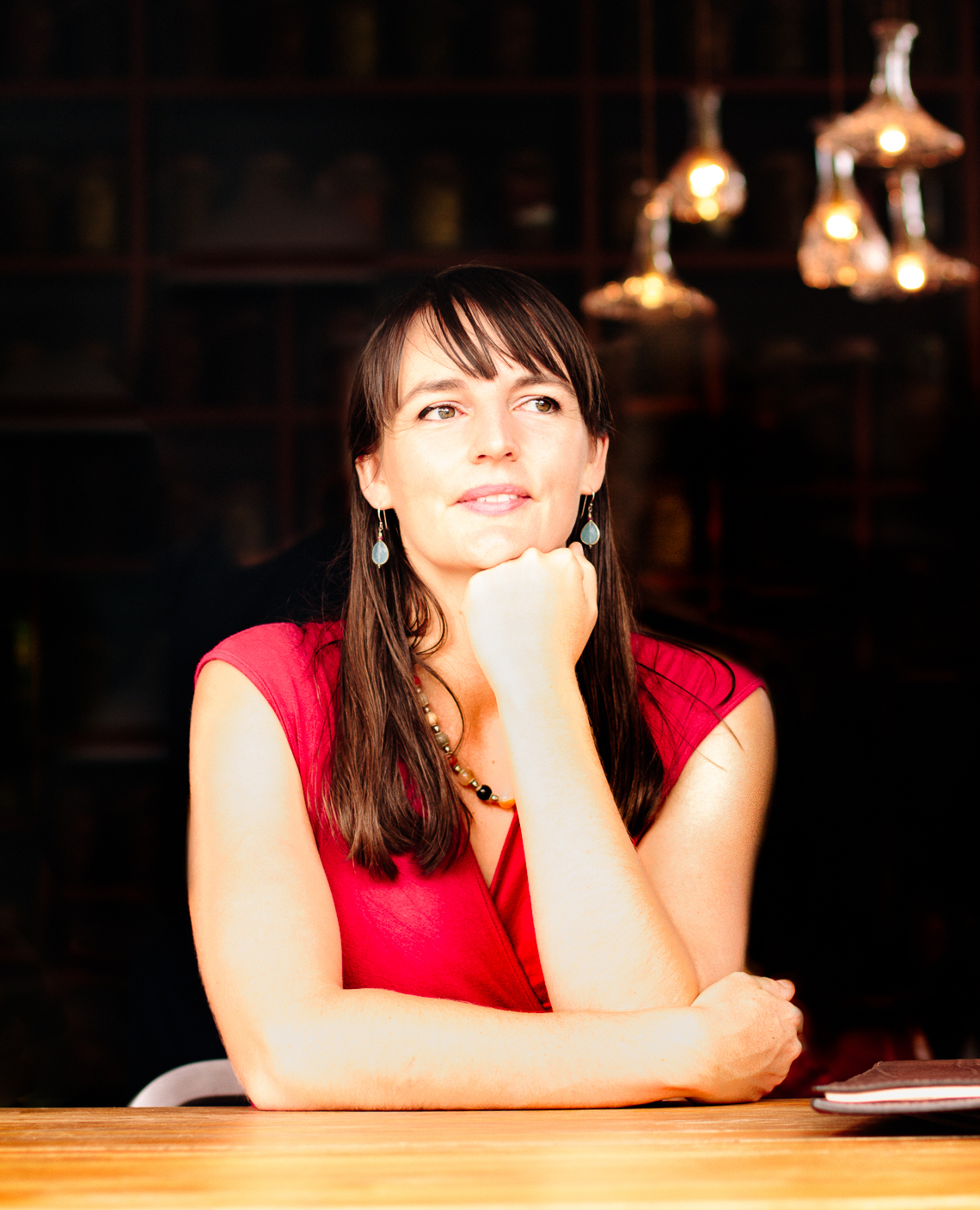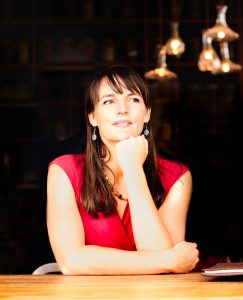



 Zanni is a multi-award-winning author, who has published more than 40 books for children over the past 10 years, spanning the gamut of ages from picture books for young children, early readers, young chapter books and middle grade fiction (written as Zanni Louise). This year marks the release of Zanni’s first young adult novel, A Guide to Falling Off the Map. Zanni and her family recently relocated to Europe, but she’s committed to continue writing Australian landscapes and Australian characters.
Zanni is a multi-award-winning author, who has published more than 40 books for children over the past 10 years, spanning the gamut of ages from picture books for young children, early readers, young chapter books and middle grade fiction (written as Zanni Louise). This year marks the release of Zanni’s first young adult novel, A Guide to Falling Off the Map. Zanni and her family recently relocated to Europe, but she’s committed to continue writing Australian landscapes and Australian characters. In A Guide to Falling Off the Map, Vinnie and Lilah have that really fast falling out. Do you remember, personally, how intense all those emotions were as a teenager, or are you paying more attention to draw on and reflect on how your girls and their friends are dealing with that sort of thing?
In A Guide to Falling Off the Map, Vinnie and Lilah have that really fast falling out. Do you remember, personally, how intense all those emotions were as a teenager, or are you paying more attention to draw on and reflect on how your girls and their friends are dealing with that sort of thing?Error: Contact form not found.
